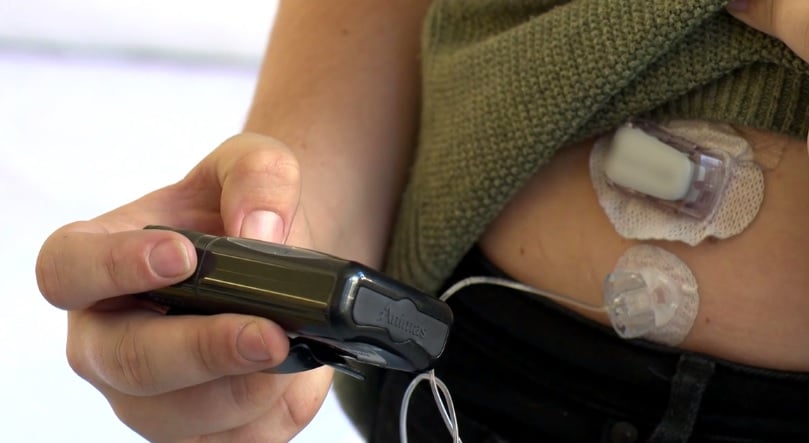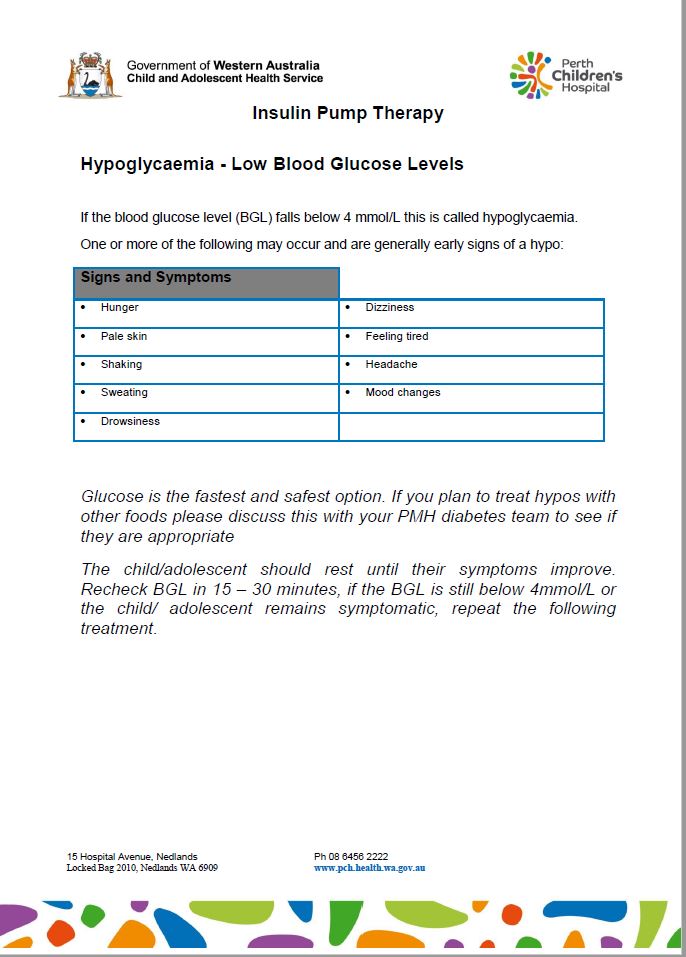Search

News & Events
Welcome to the teamMeet Kelly – the latest addition to the PMH Diabetes and Endocrinology clinic.

News & Events
Managing the rise in glucose levels after mealsWith more families using continuous glucose monitoring, many people are asking what they can do to reduce the rise in glucose levels after meals.

News & Events
Understanding the relationship between insulin and carbsResearchers are on the hunt for young people with Type 1 Diabetes to participate in a short at-home trial looking at insulin and carbs.

News & Events
CGM announcementThe PMH Diabetes Clinic welcomes the recent Federal Government announcement making fully subsidised Continuous Glucose Monitoring available to young people.

News & Events
DiAthlete Gavin Griffiths talks with ABC RadioLondon Olympics torchbearer Gavin Griffiths is living proof that a Type 1 Diabetes diagnosis is no obstacle to making the most out of life.

News & Events
ATAR exams – special provisionsEnd-of-year exams may be far from the minds of students managing diabetes but now is the time to get the process started for obtaining special ATAR provisions.
News & Events
Meet LucyLearn about Lucy's journey through the eyes of her mum, and through the video "T1D: Our Lucy".

News & Events
Driving and DiabetesGetting a driver's license is an important milestone for a young adult in terms of gaining independence, including young people with diabetes.

Pump failure guidelines

Download hypo/hyper/sick day management guidelines here.
